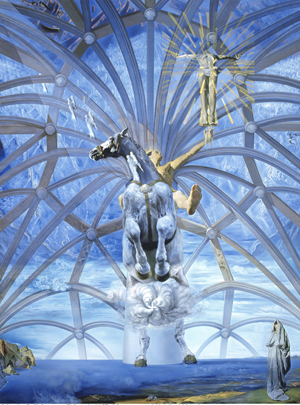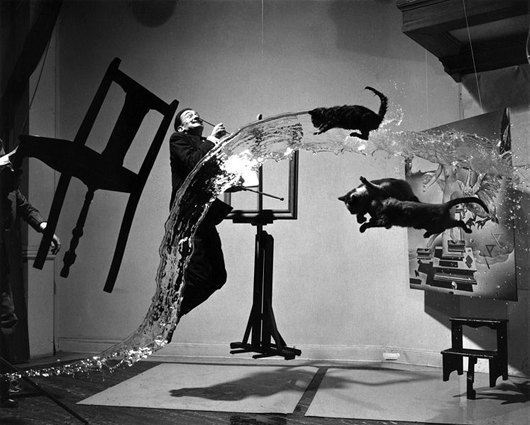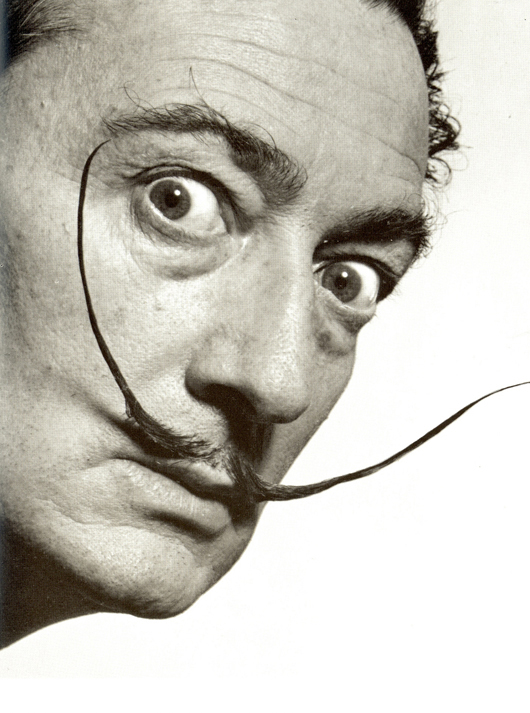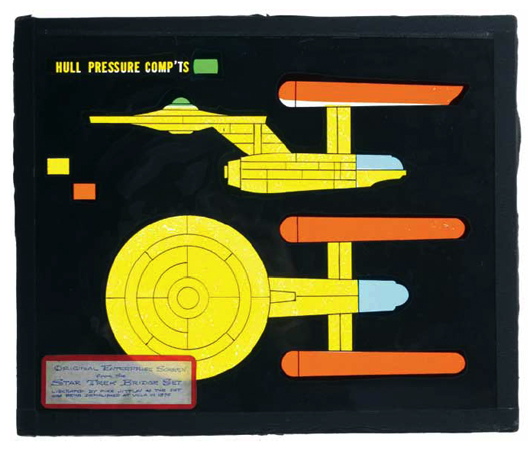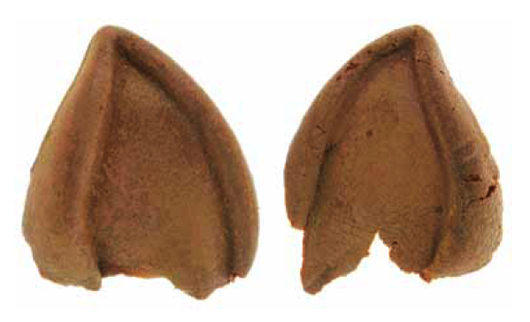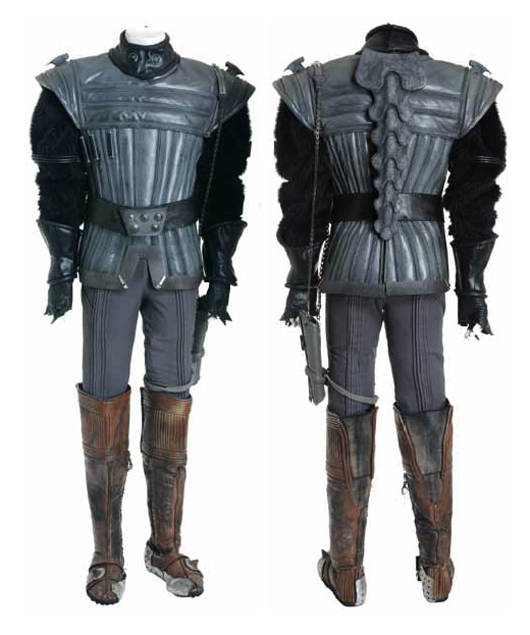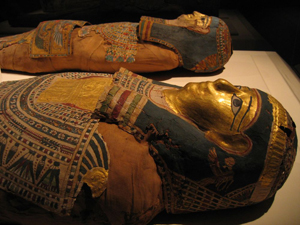
But after a visit to Regional Medical Center, those ancient secrets finally will be revealed.
Anniston Museum of Natural History officials plan to transport Tasherytpamenekh (pronounced Ta-SHER-eet-pa-MEN-eck), one of their two Ptolemaic-era Egyptian mummies, to the Tyler Center at RMC Aug. 18 for a state-of-the-art, 64-slice computerized tomography, or CT, scan.
The information from the scan will then be sent to the Ohio-based Phillips Corporation, where the data will be used to render a three-dimensional forensic image of the mummified woman, something never before possible.
“We are all very eager to see the images resulting from this scan and also from the subsequent forensic reconstruction,” Anniston Museum Director Cheryl Bragg said in a press release. “It’s a great honor for us to be a part of this, and we look forward to being able to share a lot of new information with the public as well as other scientific institutions.”
The CT scanner, which RMC acquired about a year ago, is typically used by the hospital to diagnose ailments in patients’ chests, abdomens and pelvic areas. The device combines a series of X-ray views from many different angles to create cross-sectional images of tissue and bone inside a person’s body.
“It’s the most sophisticated piece of diagnostic equipment in the area,” said RMC CEO David McCormack. “This will expose our technology to the community.”
RMC CT and PET supervisor Vincent Glanze, who will perform the scan of the mummy, said the device makes sliced images the way a person might slice bread.
“We do slices all the way down to .4 millimeters, so you can imagine the details we could get off that,” he said.
Glanze said the scan, which should not take more than five minutes, will produce similar, three-dimensional details of the mummy as it would a live patient, even though the mummy is wrapped and 2,000 years old.
“We should be able to get very nice detail on that,” he said. “We will be able to almost construct a face from that.”
Glanze noted that the Phillips Corporation, which sold RMC the CT scanner, would use software to construct a much more detailed 3D image of the mummy’s face.
But museum officials will receive more information than just what the mummy looks like underneath her wrappings.
“We’ll see skin, flesh, teeth, we’ll be able to see where incisions were made,” said Margie Conner, the Anniston Museum’s marketing manager. “We can see this person underneath the bandages without the removal of them.”
Conner said examiners would have to destroy the bandages and likely much of the mummy itself if they wanted to see details like those the CT scan will provide.
“Obviously, that’s not something we’re willing to do,” she said.
This is not the first time technology has been used to examine the mummy.
Tasherytpamenekh and the museum’s other mummy, whose name is unknown, were x-rayed in 1978 in the radiology department of Stringfellow Memorial Hospital.
Both mummies have been part of the Anniston Museum’s permanent collection for 80 years.
Tasherytpamenekh was chosen for the far more advanced CT scan because her skeleton is the most intact, thereby offering the maximum amount of information possible for the x-ray.
Though the CT scan will take just a few minutes, the process of moving the mummy will be long and labor-intensive.
“It will be a very involved process from our point of view,” Conner said. “We’ll have to remove the display case, which is very heavy, then she’ll be taken carefully to the place where we’ll load her, then we’ll shore up her sides and feet so she won’t move.”
Conner said the museum’s exhibit department has special materials to keep the mummy as stable as possible.
To prepare for the move, the museum will close at 4 p.m., which is an hour early for the facility. Once the mummy is ready, it will be placed in a hearse provided by K.L. Brown Funeral Home.
“The mummy is very fragile, very old and incalculably valuable,” Bragg said. “A hearse is immediately recognizable on the road and people expect it to move slowly, so we felt it would allow us the ability to travel safely under the speed limit.”
The Anniston Police Department will provide an escort for the mummy to and from the Tyler Center.
“It’s incredible, the staff is very excited,” Glanze said of the event. “It’s a good opportunity that is great for the community.”
___
Information from: The Anniston Star, http://www.annistonstar.com/
Copyright 2010 Associated Press. All rights reserved. This material may not be published, broadcast, rewritten, or redistributed.
AP-CS-08-05-10 1140EDT


